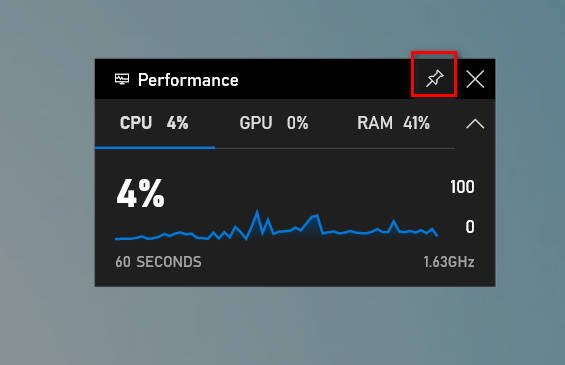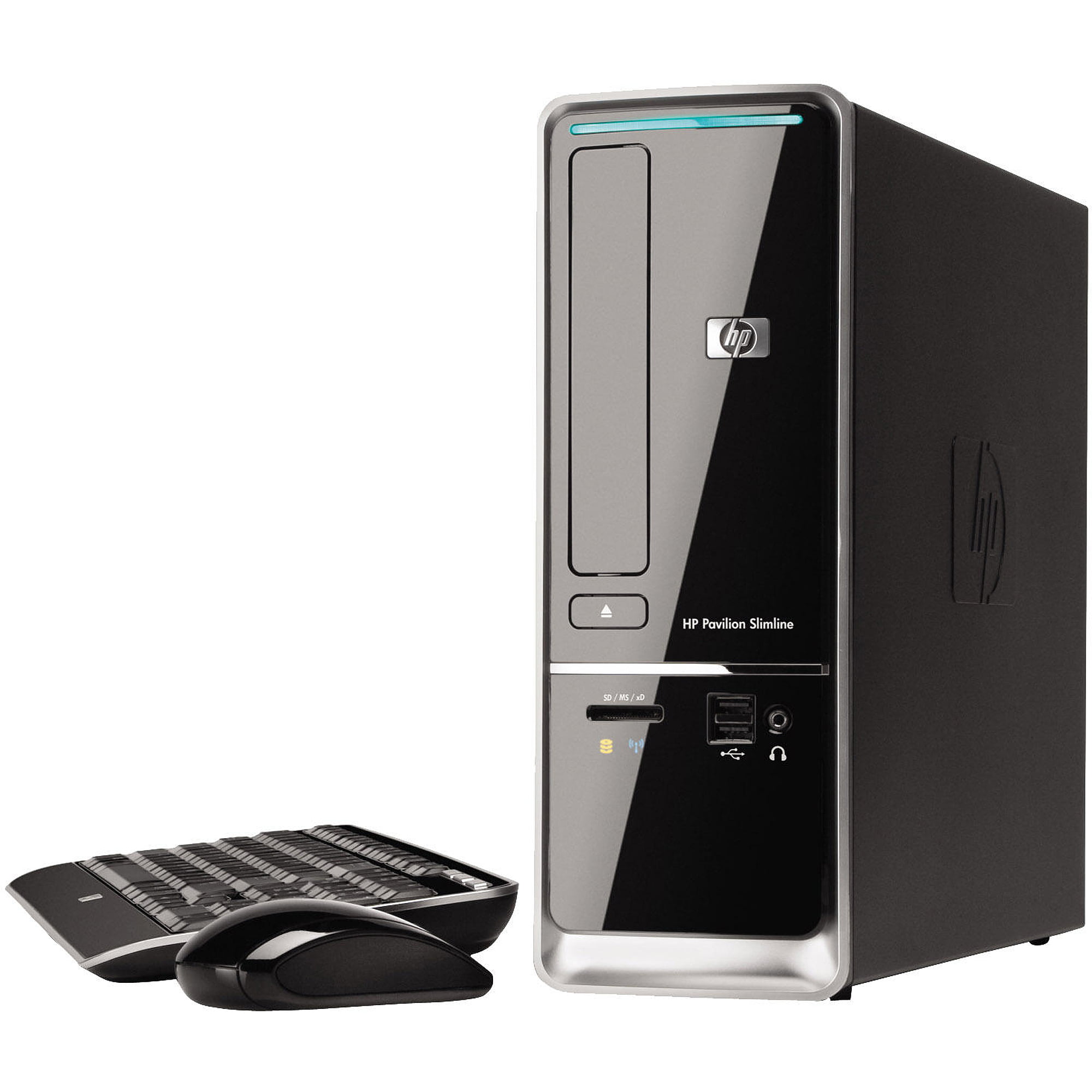
- #Windows memory monitor update#
- #Windows memory monitor manual#
- #Windows memory monitor download#
- #Windows memory monitor free#
#Windows memory monitor download#
You can download it from the official Microsoft link.

Performance Monitor (perfmon): the Performance Monitor gives direct correlation between hardware resources, such as CPU, disk, memory and system resources in use by the OS, services, and applications.

#Windows memory monitor free#
However to manage your Windows memory use more effectively, it’s very helpful to learn about the following free system tools. If you just want to know which processes are consuming high memory, the Task Manager is sufficient. Are there any free tools to help reduce memory use in Windows?
#Windows memory monitor manual#
Users have even reported being banned from certain games (opens in new tab) because memory cleaning software has been mistaken for cheatware.Īs such, we recommend the manual clearing method until Microsoft come out with something workable.Frequently Asked Questions 1. Keep in mind, though, there are always going to be risks associated with downloading third party software to solve your problems.Įven if you can confirm the software you've chosen is malware-free, there's the potential that it could use up more RAM than the issue you're trying to fix. Razer Cortex (opens in new tab) even has a similar facility. Going forward, there are a few software solutions that can automatically free up your cache data so you don't have to remember to do so manually, such as CleanMem (opens in new tab) or EmptyStandbyList (opens in new tab). The best NVMe SSD (opens in new tab): this slivers of SSD goodnessīest external hard drives (opens in new tab): expand your horizonsīest external SSDs (opens in new tab): plug in upgrades for gaming laptops and consoles Then find Windows Explorer in your list of Processes, right-click it and select Restart.īest SSD for gaming (opens in new tab): the best solid state drives aroundīest PCIe 4.0 SSD for gaming (opens in new tab): the next gen has landed It'll free up the space you need to follow the next steps, if your system memory is maxing out and slowing up.įirst, do a trusty Ctrl+Alt+Del on your keyboard, or right-click on the Windows logo in the taskbar, and open the Task Manager. This isn't the most practical fix, but it is the most immediate. If you're going to push through with Windows 11, you can try manually freeing the cache memory via Task Manager.
#Windows memory monitor update#
This will stay an option in the Windows Update tab in settings for 10 days after you switch, before your previous version of the OS is removed to free up drive space.

If you've just upgraded, you can always revert back to Windows 10. The first of which, you can do right now. Thankfully there are a few options to tide you over until Microsoft comes out with an official fix, though. Do make sure to log the issue in the Feedback Hub (opens in new tab), to bring it to the attention of Microsoft. If the cache memory doesn't get released, or only reduces slightly before halting for an extended period, your system has probably fallen victim to the Windows 11 File Explorer memory leak. Close all windows (Image credit: Microsoft)


 0 kommentar(er)
0 kommentar(er)
